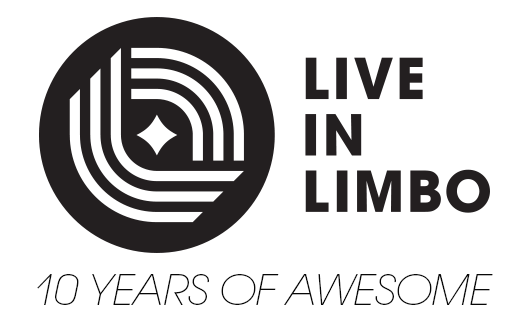
If you thought Nintendo couldn’t possibly out-Nintendo its Switch success, look no further than the recently-announced “Nintendo Labo” line of interactive play experiences. With a video introduction in January 2018, Nintendo showcased its “Toy-Cons,” cardboard constructions that serve as accessories for the Nintendo Switch and play tools for a number of different games, including a piano, a fishing rod and a (stationary) motorcycle.
While most onlookers might see a video game company releasing pre-cut cardboard as an odd move, this doesn’t stray far from Nintendo’s roots. In fact, the 128-year-old company got its start in cards – Japanese Hanafuda playing cards to be exact – and over the decades has released hundreds of toys with a focus on different ways to play. Even recently, Nintendo sells Amiibo, which are plastic figurine toys of Nintendo characters that have applications in Switch, Wii U and 3DS games. Now as a prominent video game company, Nintendo is inviting a new kind of play into millions of households with Labo’s release on April 20.
Labo presents an interesting frontier in video gaming that many developers and publishers constantly try to rethink: how do you get people to keep buying games? Labo kits come with the necessary cardboard (and other pieces) along with the game card featuring the software to make the Toy-Cons interactive – you can’t download this kind of experience and it’s doubtful Nintendo will even sell the Labo software on their online eShop. Instead, building a piano then playing its keys (and hearing music through the Switch’s IR camera and other tech), creates a unique full-cycle of play for gamers.
While it’s clear the audience is mostly kids, there’s a lot of appeal in the potential for Labo both for gamers of all ages and for people who love to build, create and do things differently. In fact, Nintendo is encouraging gamers to make their own creations and use Labo’s basic programming tools to find new ways to make cardboard do interesting things. Every Toy-Con setup also gives players the opportunity to learn how it works, both meeting the growing desire for tech and engineering education along with showing inquiring minds how they could apply the same ideas to their own builds.
One thing is certain, though: cardboard is still cardboard. How long will the builds last in the hands of adventurous kids? What quality will the pre-cut cardboard sheets be? How much replay value does re-building the same set have? While there is still more to learn about Labo, Nintendo is hedging its bets that this unique combination of toy and video game (not to mention that you already need to own a Switch to play) pays off. With an expectation that additional Labo games and builds are coming in the future, it can be assumed that Nintendo will support the endeavour for a long while.
Two kits are coming out as a first wave of Labo releases – the Variety kit includes the piano, fishing rod, motorcycle, an interactive house a set of remote-control cars; the Robot kit includes everything you need to…build a backpack that lets you control a giant robot! Right now, some video, images and press feedback are all Nintendo fans have to see what Labo will be like, but the potential experiences and opportunities for new ways to play has all eyes on the company to see how this gamble might pay off.

